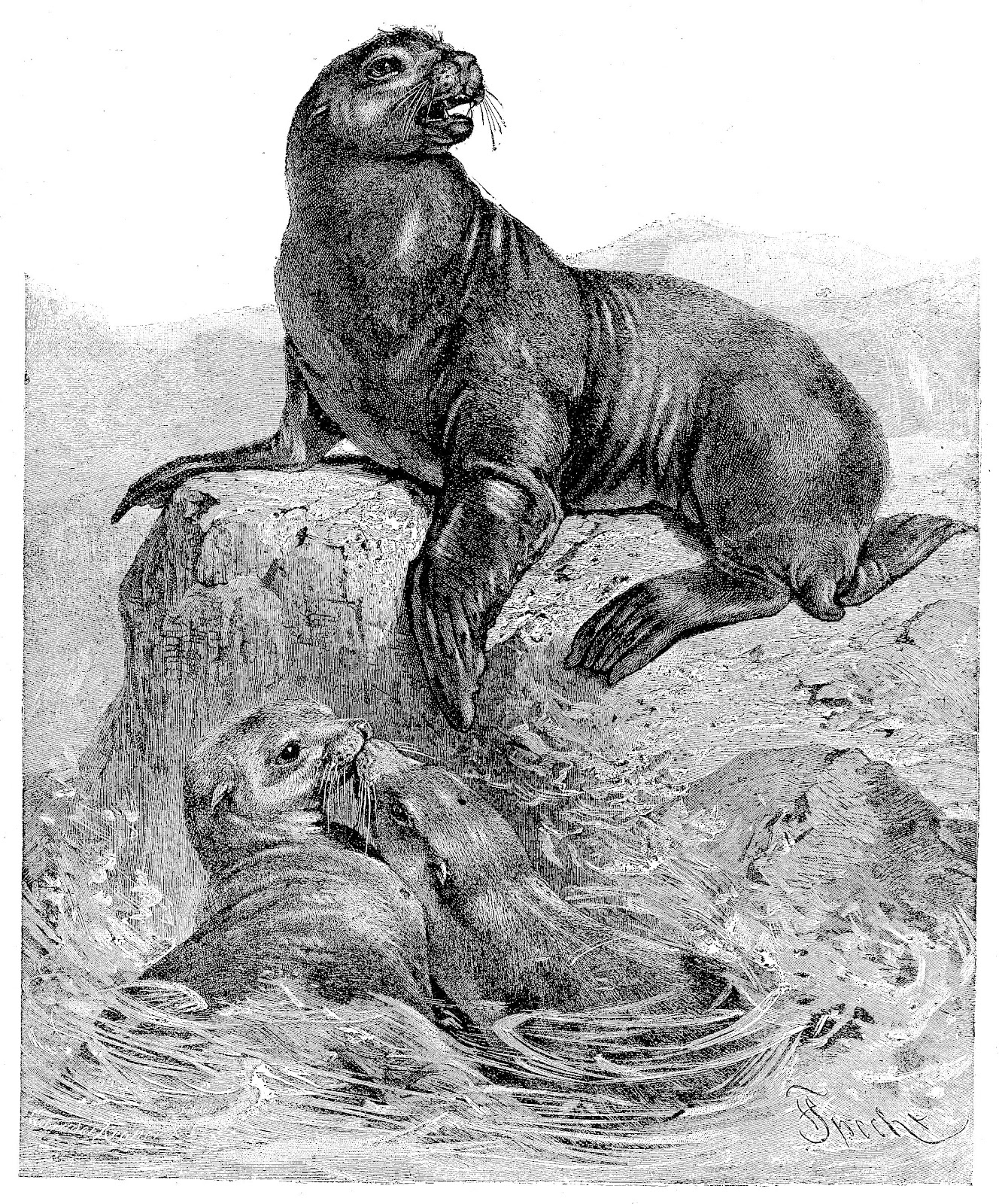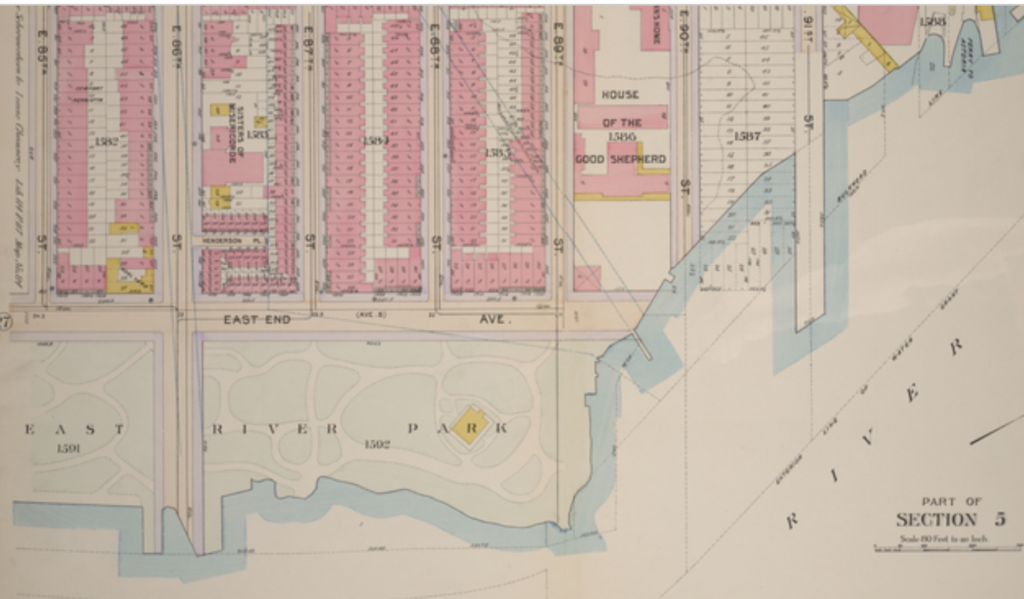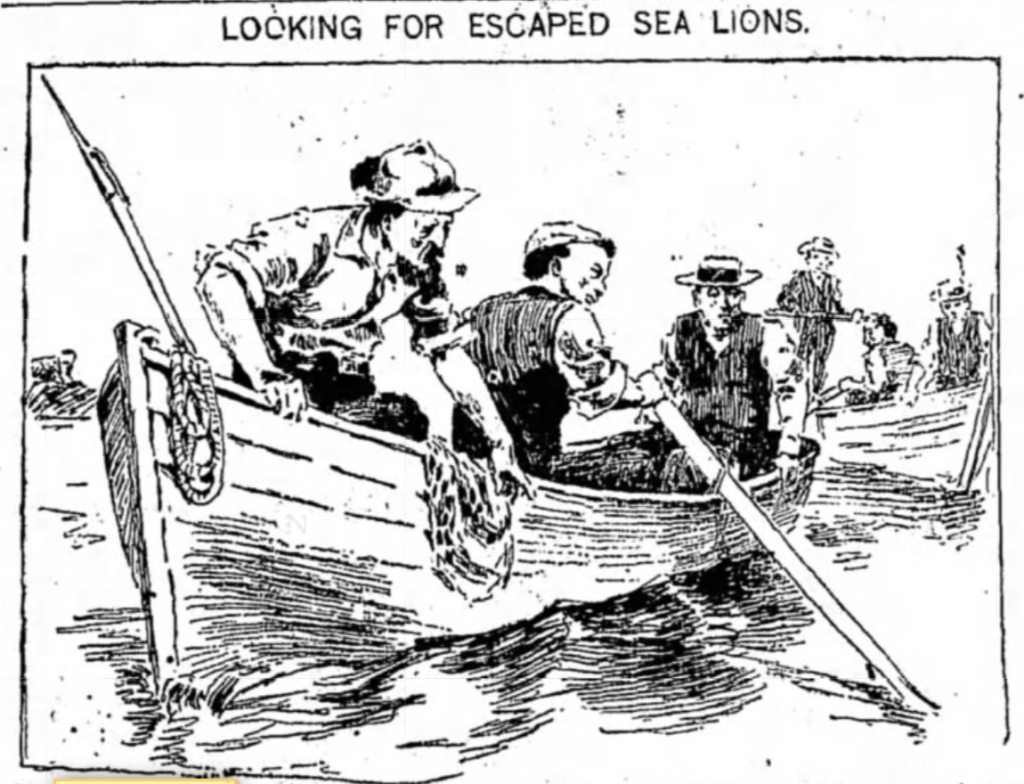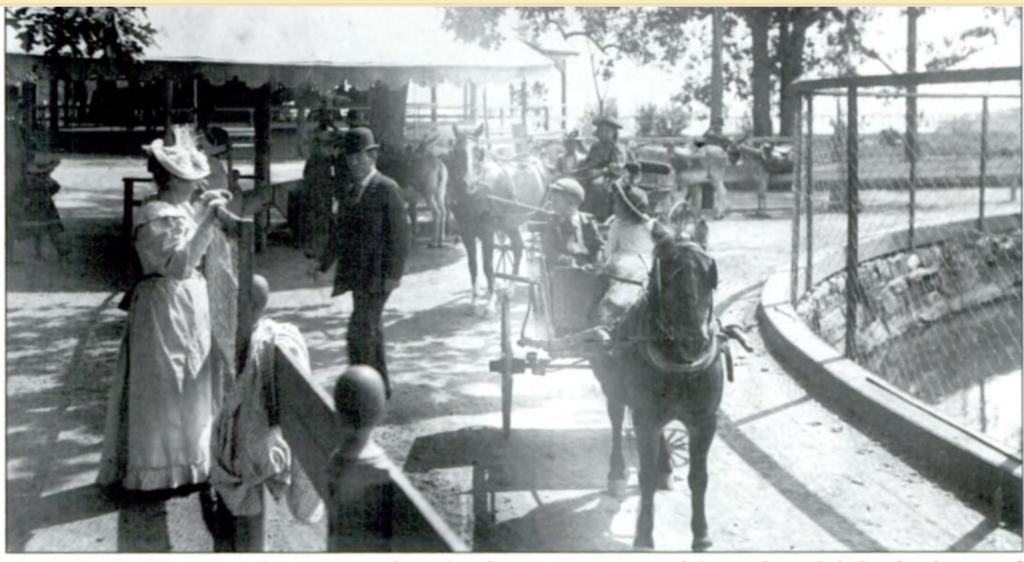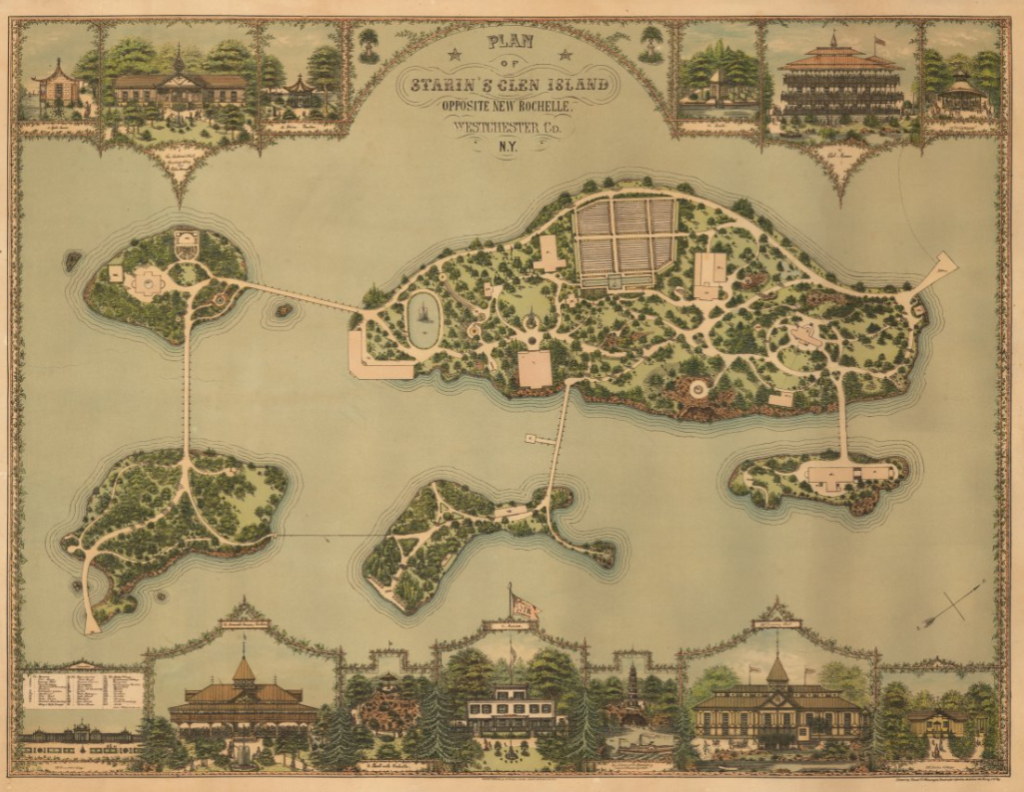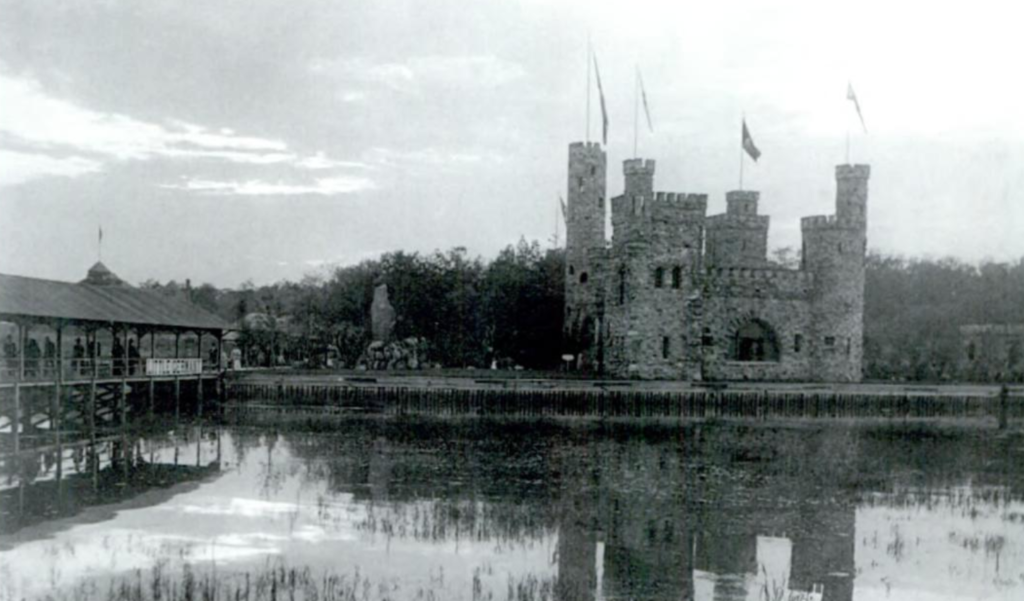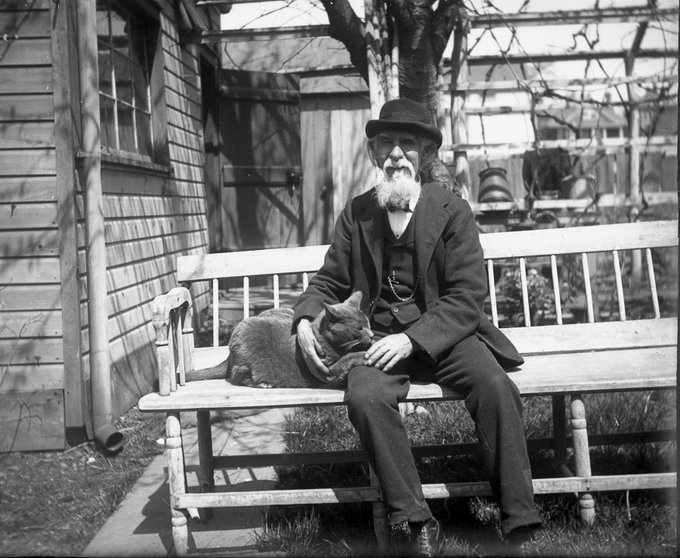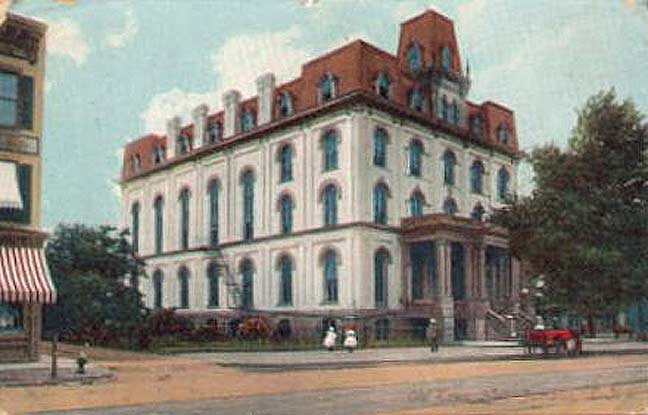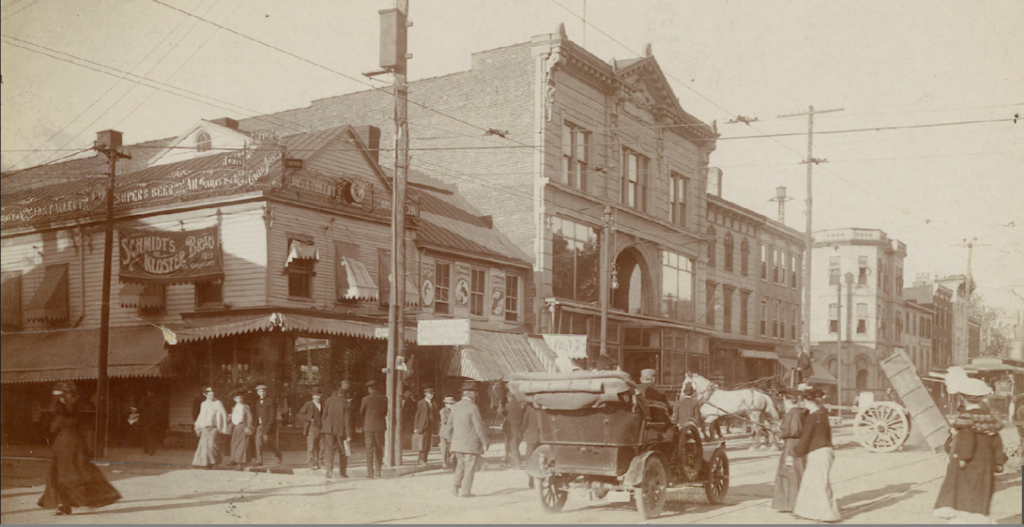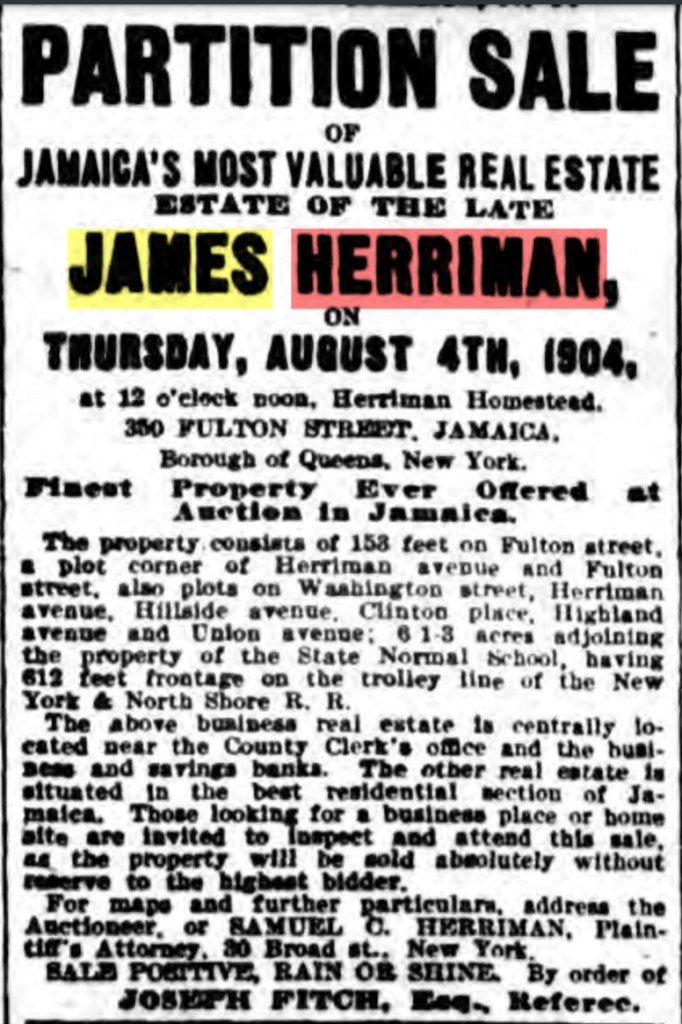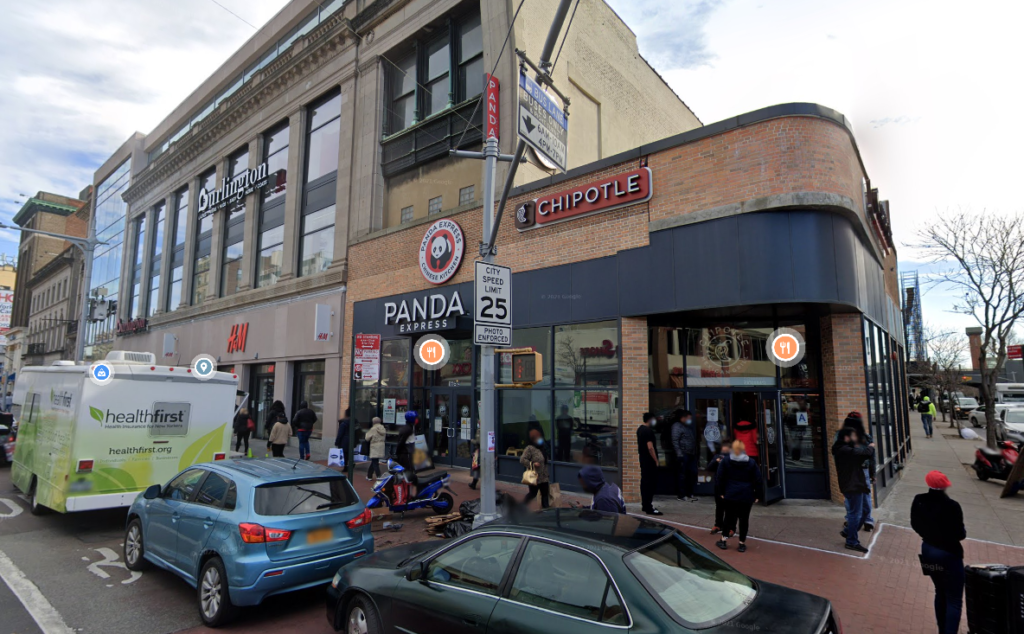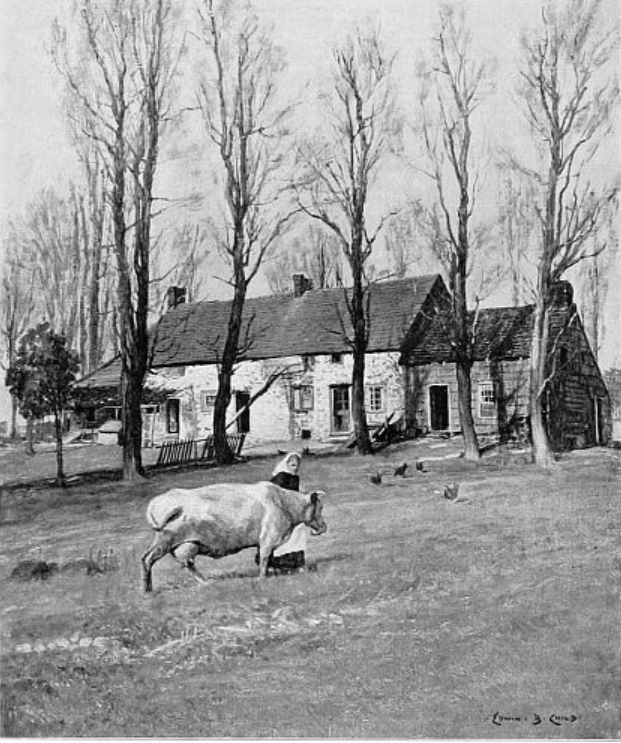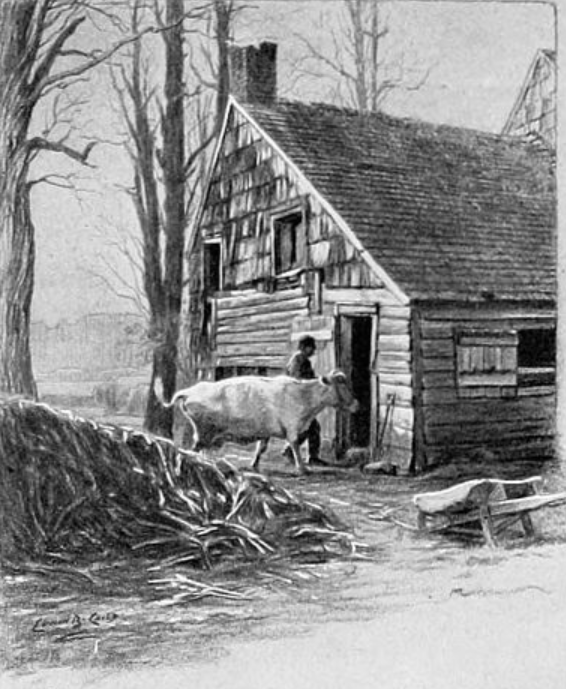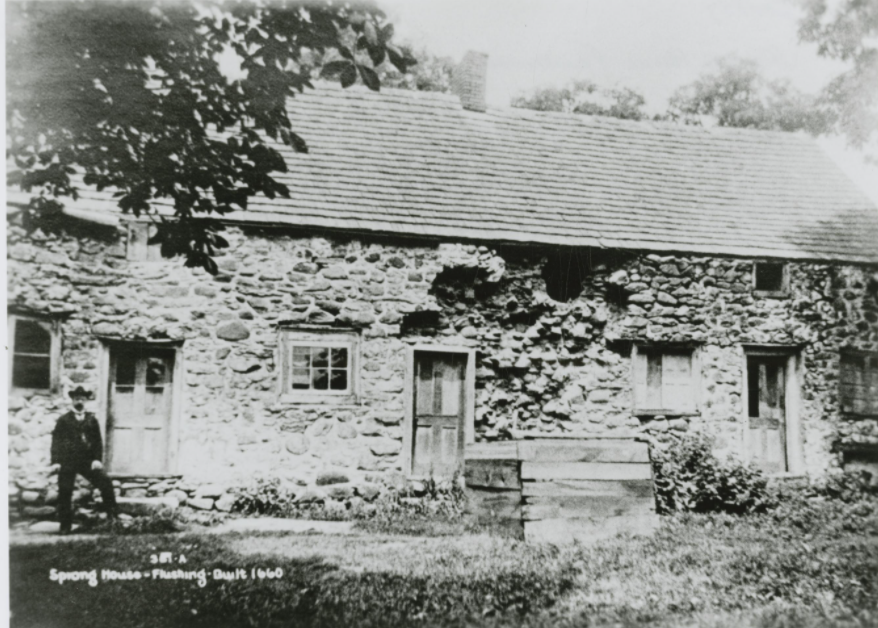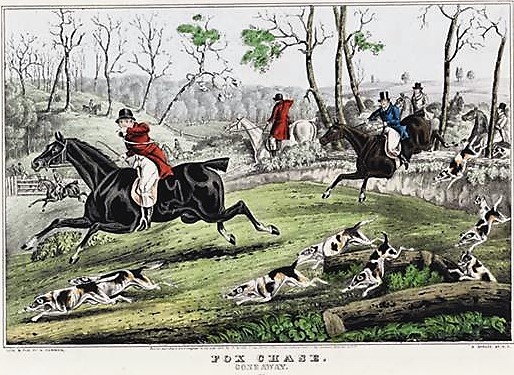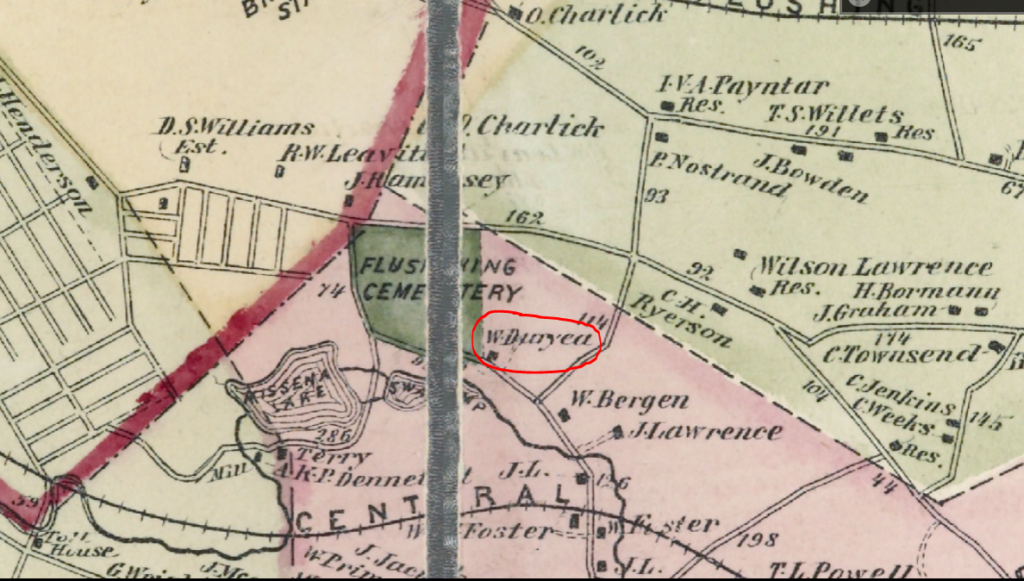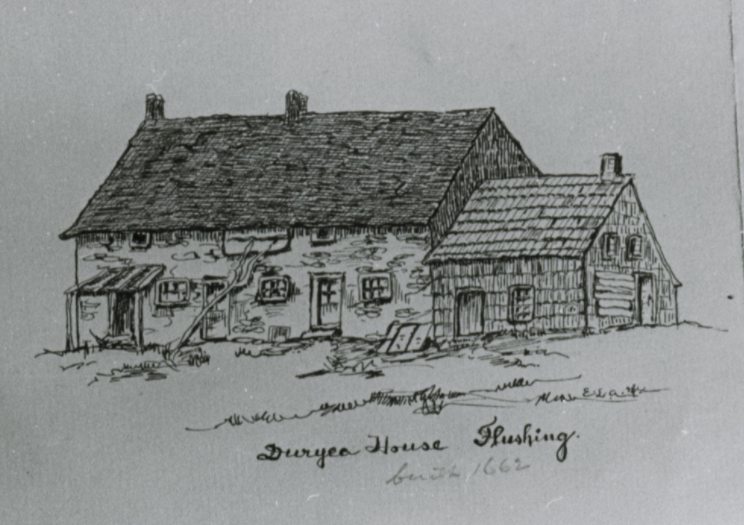Part 1 of a three-part story on the popular animal mascots and horses of the Richmond Hill Police Station.
Part 1: Tramp the Police Cat
In March 1916, the Richmond Hill Police precinct, which covered all of Richmond Hill, Woodhaven, Morris Park, and part of Forest Hills, was designated a mounted precinct. That is, every mounted police officer throughout Queens was transferred to the 283rd Precinct in Richmond Hill.
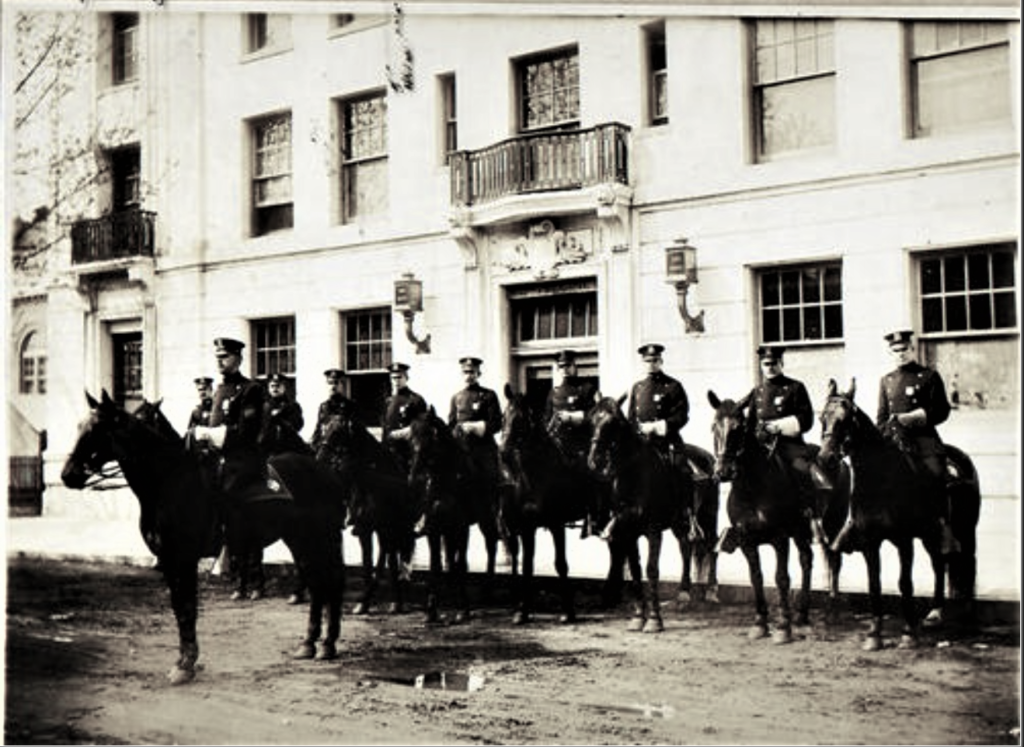
At this time, the Richmond Hill Police station on Church Street had only 15 mounted police–one of these men was my great-grandfather, Joseph Probst Jr. The new designation would add about 55 more mounted police to the rural precinct.
The additional horses were a great asset to the Richmond Hill police force. The large precinct, with 183 miles of streets in a sparsely developed area, was much too large to be patrolled by only by 15 mounted police and a few dozen men on foot and bicycle.

With the additional horses came the need for a larger horse stable. The new (circa 1913) police station at 275 Church Street did have stables, but not nearly enough for 70 or more horses.

So in May 1916, the department leased from the Alex Campbell Milk Company a large frame stable on the east side of Sherman Street (126th Street), between Jamaica Plank Road (Jamaica Avenue) and Stewart Avenue (89th Avenue).
The building featured 36 plain and 2 box stalls, plus an open frame building that could be enclosed and modified for additional stalls. The annual lease was $1,000.
The location was perfect for my great-grandfather — he lived one block over on Ward Street (125th Street), just north of Jamaica Avenue — so he was close to his horse.

Help Wanted: Good Mouser for Horse Stables
Now that the Richmond Hill Police had much larger horse stables, they needed a good to mouser to handle all the vermin that shared the building with the horses. According to the officers, who spoke to a reporter from the Brooklyn Daily Eagle in 1923, the stables had at one time become infested with literally millions of trillions of rats and mice.
Luckily, Tramp came along a few years after the horses moved into the stables and answered their call for help.

Tramp, described as a big-headed, earnest-faced, blue-eyed cat, limped into the station house on Church Street in 1919. (By this time, the precinct was known as the 118th Precinct.) The poor cat was limping because his front paw had been badly crushed in an auto accident. Somehow, he knew he could help at the building with the green lights out front.
Detective Sergeant Albert Hill bandaged the cat’s limb and placed him on a little cot in the reserve room. Tramp reportedly purred, meowed, wagged his fuzzy tail, and threw grateful glances toward his cat-man hero.
While Tramp was bed-ridden, the officers couldn’t do enough to help him. They brought him food and pet him every day. Then they officially admitted him to their ranks–even going as far as giving him a collar that stated, “P.D. 118 Prct.”
According to the men, Tramp responded to his new position as follows:
Bring on your blue-ribboned pussies and your lap cats! What are they compared to me? Perfumed, manicured parlor pets that simply lie around and look pretty. About as useful as a joker in a pinochie deck. I’m a cop and I’ll tell the world about it.”

Tramp quickly made friends with the entire department. His favorite was Officer Harry Scherer, a champion horseman nicknamed “the rough-rider of the department.” Harry was Tramp’s best friend and Tramp was Harry’s pet; woe to anyone who might say a harsh word about the cat in front of Officer Scherer!
Tramp earned his love and respect by making himself very useful as a champion mouser in the horse stables. As the Brooklyn Eagle noted, he could “swing a swarthy right.”
Even the horses became affectionately attached to the cat. After spending a hard day helping their human officers direct traffic and stop runaway horses, they welcomed the “sweet repose” that the vermin-free stabled offered them.
A month after the Brooklyn Daily Eagle first reported on Tramp, the Brooklyn Daily Eagle reporter returned to the Richmond Hill station to follow up on Tramp. This time, the cat reportedly announced that he wanted to enter the Eagle’s movie contest.
According to the reporter, Tramp thought he had a favorable chance of being picked the most handsome brunette on Long Island. He also felt that the movie producer Ernest Shipman should sign him up for his next picture (Tramp was reportedly even willing to sever ties with the police for a starring role!)

As to what type of roles Tramp could play, the reporter surmised that, with the right director leading him, he could play any part from licking up a healthy size saucer of milk to scratching the eyes out of any person.
According to the Eagle, Tramp believed that dogs were too often cast as heroes in movies, and he was peeved that tom cats did not having starring roles on the silver screen (I guess he didn’t know about the movie cats of Miss Elizabeth Kingston, who ran a cattery in South Richmond Hill).
“A movie, like a good play, must have plenty of atmosphere, color and action,” Tramp reportedly told the journalist. “I don’t want to boast, but let me tell you that I’ve got all of those things. I may not be an artist, but I sure know a movie has got to have a cat moving around especially in the moonlit night scenes when lovers and cats come out to romance.”
I doubt that Tramp ever got to play a part in a movie. I have a feeling he wouldn’t have wanted to leave the police station for anything. And I know the men of the Richmond Hill station would not have wanted to lose their beloved police cat.
Coming Soon, Part II: Sport, the Hero Police Dog

In Part II of this story, we’ll meet Sport, the Richmond Hill Police canine mascot who rescued five kittens and their mother cat in 1924. In Part III, I’ll tell you about some of my great-grandfather’s adventures with his police horse and provide a detailed history of the Richmond Hill police station and mounted unit.


